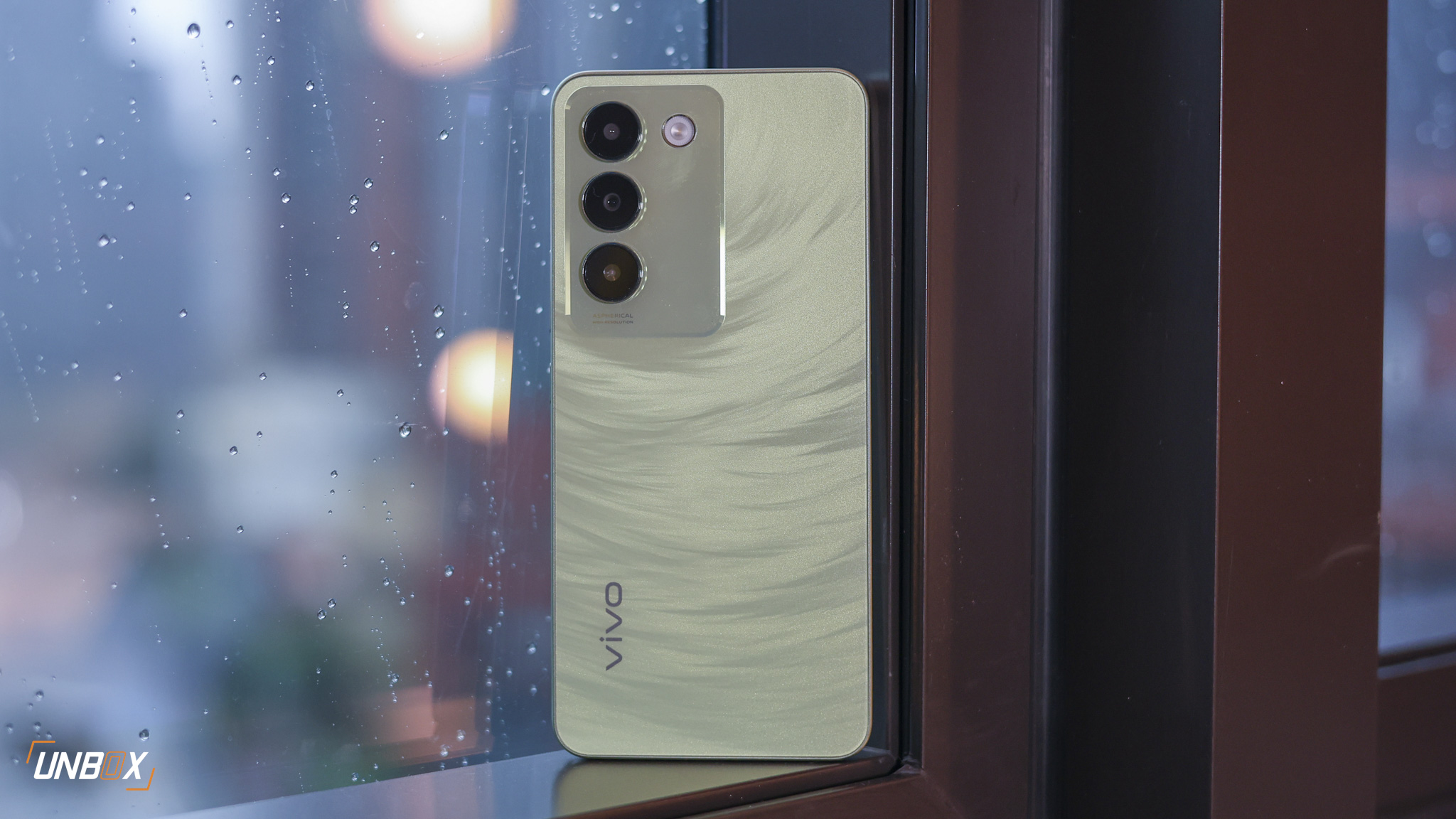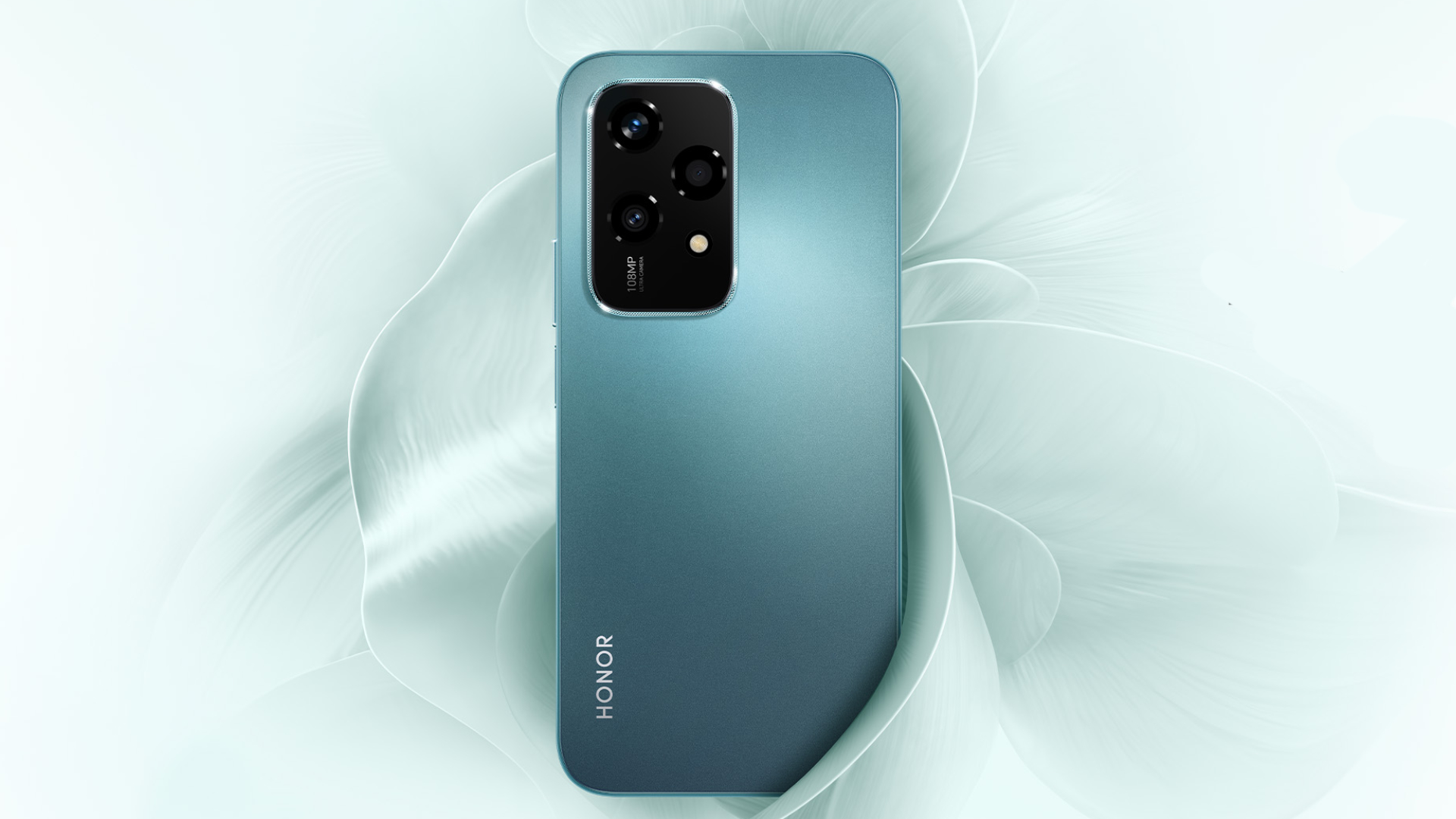We unbox the highly anticipated ZenFone Max Pro M1 !
When the confusingly named ZenFone Max Pro M1 was announced a few months ago for release in India, people couldn’t believe it. ASUS, a company that gained a reputation for pricing mis-steps managed to release and deliver a smartphone that out-Xiaomi’d Xiaomi, beating the pricing of the Redmi Note 5 in a region dominated by the Chinese player.
It’s only natural then that many people have been waiting for the official local release of the ZenFone Max Pro M1. And it’s finally here, available through Lazada at a price of just Php 9,995 Is the phone really worth getting? Let’s take a quick look:
ASUS ZenFone Max Pro (M1) Specifications
- Qualcomm Snapdragon 636 processor
- Adreno 509 GPU
- 3GB RAM
- 32GB of expandable storage
- 6-inch Full HD+IPS display; 18:9 aspect ratio
- 13-megapixel main rear camera and 5-megapixel secondary rear camera with PDAF, LED flash
- 8-megapixel front camera with LED flash
- 4G, LTE
- Dual SIM
- WiFi, Bluetooth, GPS, A-GPS, Fingerprint scanner, NXP Smart Amplifier, facial recognition
- 5000mAh battery with 10W fast charging

Packaging and contents:
The ZenFone Max Pro M1 comes in a simple box with a blue and grey sleeve. The name of the phone is printed on silver letters, along with ASUS’ We Love Photo icon.

Inside the box is the phone, a silicon softcase, a pair of headphones, a USB fast charger plus a USB cable.

Initial impressions: Hefty, solid and sports mean internals for the price
With a 5000mAh battery, the ASUS ZenFone Max Pro M1 certainly looks like a winner in the battery department, at least on paper.

While ASUS does not say it outright, they’re obviously targeting Xiaomi’s Redmi Note 5 with their new phone, as it has similar specs compared to their Chinese competitor.
With 1000mAh more juice, the ZenFone Max Pro M1 looks like the winner in that particular faceoff at first glance, though the phone does feel heavier because of its 5000mAh power pack.

Much like other more affordable devices nowadays, the ZenFone Max Pro M1 eschews the current design trend of using glass on the rear. Instead, the phone uses an aluminum back panel, giving it a sturdier posterior compared to glass-backed designs.

The phone doesn’t use unibody aluminum design however, as the top, bottom and frame of the phone is made out of plastic.
Tucked on the upper left side of the phone is the dual-camera module stacked vertically. Unlike ASUS’ other phones, only the main 13-megapixel rear camera shoots photos, with the secondary 5-megapixel shooter providing depth information for portrait shots with bokeh.
The fingerprint scanner is located on the rear, and is easily accessible by your fingers.


The phone’s manual controls (i.e. power and volume buttons) are on the right side, while the SIM card tray and microSD storage slot is on the right. Unlike other phones, you can use two SIM cards and microSD storage at the same time, so you won’t have to choose between extra storage or an extra SIM.
On the bottom of the phone lies the 3.5mm jack, speaker grille and USB port. Unfortunately the ZenFone Max Pro M1 does not use the USB Type-C standard, though it still has fast charging via a 10W fast charger.

Up front is a 6-inch, full HD+ IPS display without a notch. The bezel on the top and bottom of the phone are quite substantial, considering the designs of its competitors.

What really makes the ZenFone Max Pro M1 worth considering is its hardware: it’s equipped with a Qualcomm Snapdragon 636 processor, the same processor that’s in their more expensive ZenFone 5 smartphone. While the ZenFone Max Pro M1 comes in variety of configurations overseas, ASUS says that they’re only bringing the 3GB/32GB variant in for now.


Another interesting thing about the ZenFone Max Pro M1 is that it’s devoid of the company’s ZenUI overlay that’s present on their other phones. Instead, it runs pure Android Oreo 8.1, which is another point of contention for people who want a mid-range phone but don’t want to deal with the (sometimes) annoying custom UI of other phones in the same price range. The phone isn’t part of the Android One program, partly because ASUS wants a bit of leeway in tweaking the phone’s innards and software to their liking – something that is not possible with phones under the program.

At Php 9,995, the ZenFone Max Pro M1 is certainly an interesting proposition. It’s priced lower than the Redmi Note 5, though take note that only the 4GB/64GB version of that particular smartphone is being sold (officially) in stores. Will the battery king reign supreme over its competition? We’ll find out in our full review.







